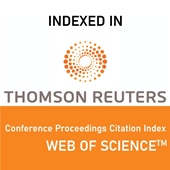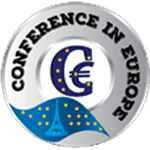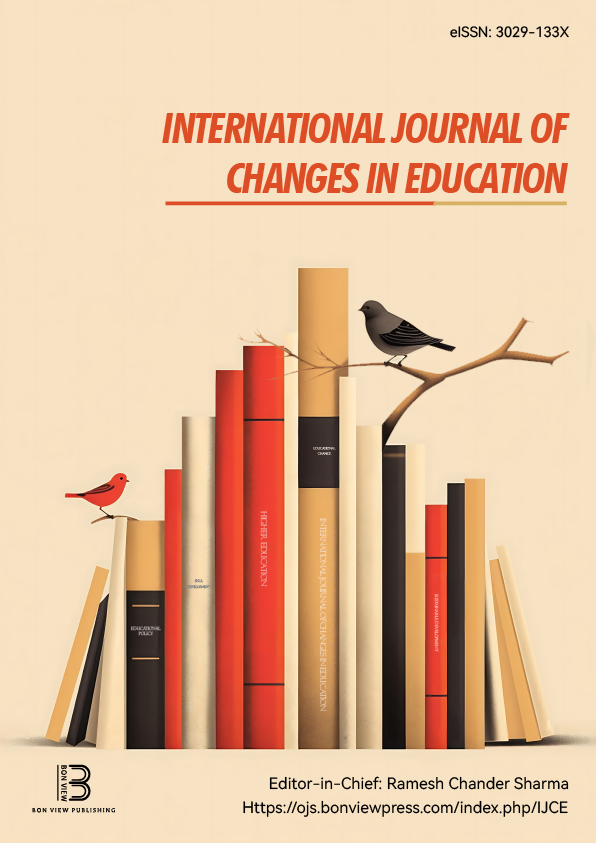Perceptions by Gender of Workers and Personality Traits from Three Schools on Occupational Stressors
Dorin-Gheorghe Triff, Technical University of Cluj-Napoca , North University Center (Romania)
Zorica Triff, Technical University of Cluj-Napoca, (Romania)
Mușata Dacia Bocoș, Babes-Bolyai University of Cluj-Napoca (Romania)
Abstract
Numerous studies have investigated differences in the perception of occupational stressors in teachers based on biological gender. To date, very few studies have been conducted that have investigated the perception of occupational stressors according to their 3 dimensions (frequency, level, and evolution over time) in relation to personality traits. In order to evaluate gender differences on the perception of some stressors in pre-university schools, two hundred and two (N=203) employees from two secondary and a high school were evaluated using The Personality Inventory for DSM-5 - Brief Form for adults and six occupational stressors questionnaire each having three dimensions (frequency, level and evolution over time) as follows: difficult communication or conflicts with other employees, difficult communication with superiors, low level of salary, increased workloads, violence by some workers, discrimination. In all three schools the level of the Increased workload stressor is higher in women compared to men (p1=0.046; p2=0.046; p3=0.042). The following dimensions are higher in female than male workers only in two schools as follows: level of perceived violence by some workers (p1<0.001; p3=0.024), level of difficult communication with other employees (p1=0.002; p2=0.042 ) and the low level of salary (p2<0.001; p3=0.015). Only in one school where the directors are female, the following dimensions in stressors are higher in males than females: evolution over time of discrimination employees (p<0.001) and evolution over time of difficult communication with superiors (p<0.001). Some perceptions of discrimination in one school by men from women can be linked to possible preconceptions or communication problems with female superiors. There are numerous associations between stressor dimensions, personality traits, socio-demographic characteristics, and school unit. In general, women have a higher perception of stressors at work compared to men, the most consistent being that of the stressor level represented by Increased workloads which seems to be higher in female than in male workers..
|
Keywords |
gender, occupational stressors, personality traits, education |
|
REFERENCES |
[1] Fontana, D., & Abouserie, R. (1993). Stress levels, gender and personality factors in teachers. British Journal of educational psychology, 63(2), 261-270. [2] Jamaludin, I. I., & You, H. W. (2019). Burnout in relation to gender, teaching experience, and educational level among educators. Education Research International, 2019(1), 7349135. [3] Klassen, R. M., & Chiu, M. M. (2010). Effects on teachers' self-efficacy and job satisfaction: Teacher gender, years of experience, and job stress. Journal of educational Psychology, 102(3), 741. [4] Ogus, E. D., Greenglass, E. R., & Burke, R. J. (1990). Gender-role differences, work stress and depersonalization. Journal of Social Behavior and Personality, 5(5), 387. [5] Preda, V. R. (2010). Effects of stress and coping strategies in teachers and students [Ph thesis]. UBabeş Bolyai University, Faculty of Psychology and Educational Sciences. [6] Skaalvik, E. M., & Skaalvik, S. (2016). Teacher stress and teacher self-efficacy as predictors of engagement, emotional exhaustion, and motivation to leave the teaching profession. Creative Education, 7(13), 1785. [7] Triff D-G, Bocoș M-D(2019), „Subjective Wellbeing And Self Effectiveness in Secondary School Through Three Stressors Dimensions”, în The European Proceedings of Social & Behavioural Sciences EpSBS, , Volume LXXII, eISSN: 2357-1330, ICEEPSY 2019 - 10th International Conference on Education and Educational Psychology, 9-12 Octombrie 2019, Barcelona, Spania, p. 549-557 (https://doi.org/10.15405/epsbs.2019.11.64) [8] *** American Psychiatric Association. (2016). DSM-5. Diagnostic and Statistical Manual of Mental Disorders (Ed. 5). ISBN 978-606-8043-14-2 [9] ***International Personality Item Pool (IPIP, nd), avalaible at URL: https://ipip.ori.org/ https://ipip.ori.org/newItemTranslations.htm, [10] ***Project ResearchCentral (n.d), avalaible at URL: http://www.researchcentral.ro/ |
 The Future of Education
The Future of Education





























